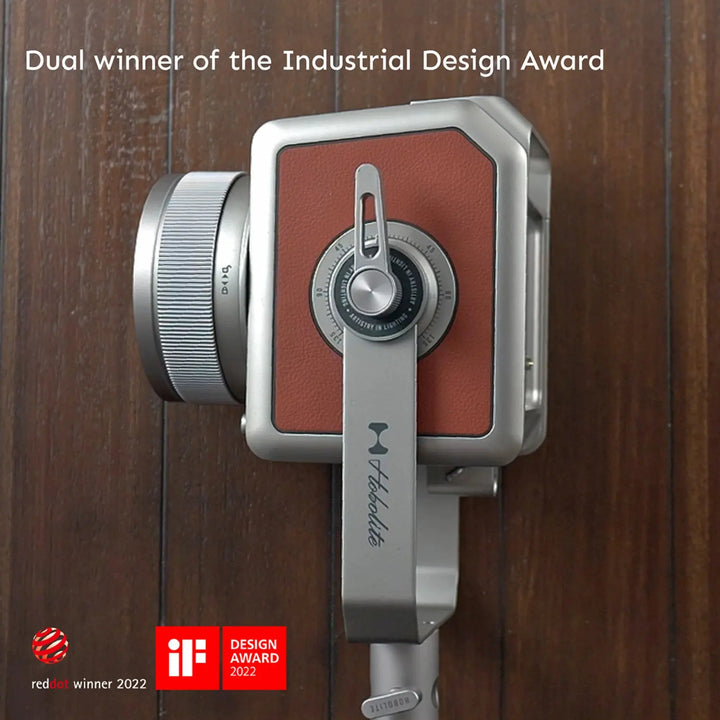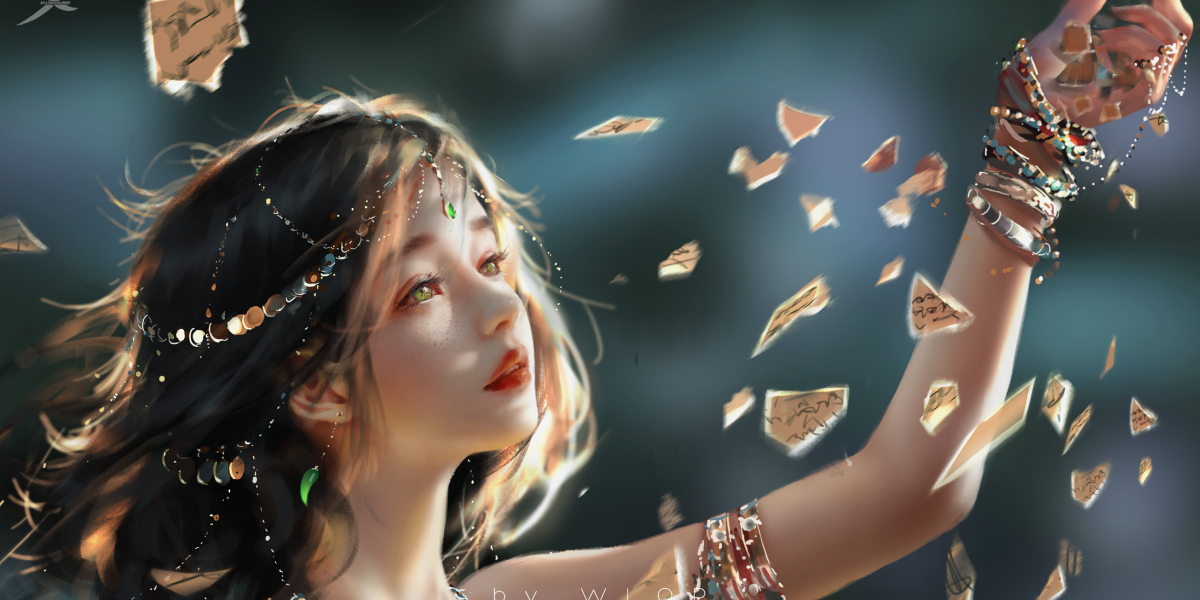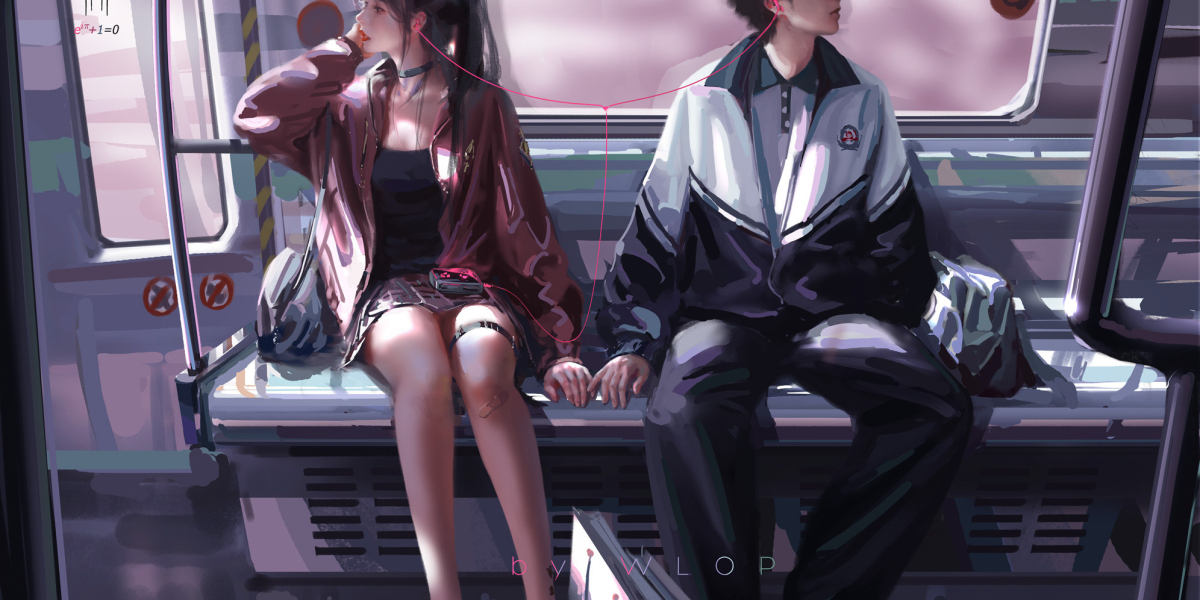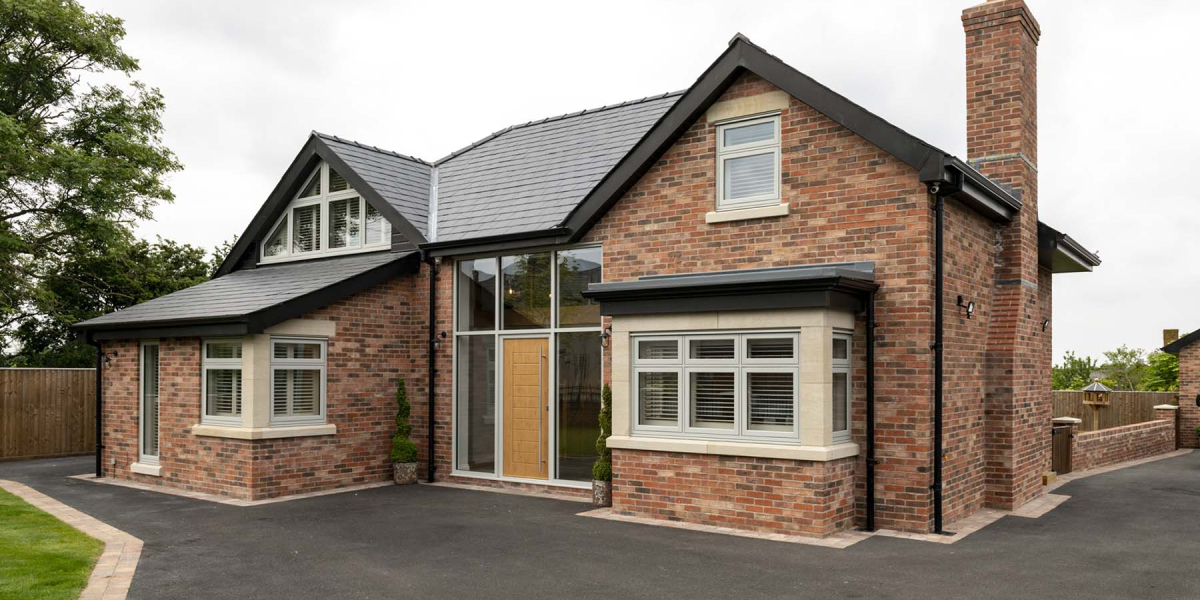Unlock the Secrets of Studio Lighting: Transform Your Photography Game!
In the world of photography, lighting is everything. The right studio light can transform an ordinary photograph into a stunning work of art. Whether you’re a seasoned professional or an enthusiastic beginner, understanding studio lighting is crucial for producing professional-quality images. Studio lighting not only helps to illuminate your subject but also influences the mood and overall aesthetic of your photographs. In this article, we will explore the different types of studio lights available, their unique characteristics, and how to effectively use them to enhance your photography skills. Whether you're capturing portraits, product shots, or creative still lifes, the right lighting can make all the difference.

Understanding Studio Lighting
Studio lighting refers to the artificial light sources used in a controlled environment to enhance the visual appeal of a photograph. Effective lighting is essential in photography, as it can dramatically alter the mood, depth, and quality of an image. Factors such as the intensity, direction, color, and quality of light play significant roles in how a photograph is perceived. For instance, harsh lighting can create stark shadows, while soft lighting can provide a gentle, flattering look. Recently, a friend of mine, an aspiring portrait photographer, shared her experience of experimenting with different lighting setups. She discovered that by adjusting her light source’s angle and intensity, she could evoke various emotions in her portraits, showcasing the transformative power of studio lighting.
Types of Studio Lights
When it comes to studio lighting, there are several types to choose from, each with its own unique features and ideal use cases. Understanding these different types can help you select the right lighting equipment for your specific photography needs. The main categories of studio lights include continuous lights, flash lights, and LED lights. Each type offers distinct advantages and is suitable for various photographic scenarios.
Continuous Lights
Continuous lights provide a constant source of illumination, allowing photographers to see how the light affects the subject in real time. One of the main advantages of continuous lights is their ease of use; you can adjust your settings and compositions while observing the lighting conditions directly. However, they tend to produce more heat and can be less powerful compared to flash lights, potentially requiring longer exposures. Continuous lights are particularly effective for video production, interviews, and situations where you need to capture motion. My friend who works in videography often relies on continuous lights for her projects, as they allow her to create a seamless flow in her work.
Flash Lights
Flash lights, including speedlights and studio strobes, are another popular choice among photographers. These lights emit a burst of intense light, freezing action in a split second, making them ideal for capturing fast-moving subjects. Speedlights are portable and versatile, suitable for on-location shoots, while studio strobes are more powerful and are typically used in a controlled studio environment. The main downside of flash lights is that they require precise timing and can take some practice to master. A photographer friend of mine swears by her studio strobe for portrait sessions, as it provides beautiful lighting that enhances skin tones and textures.
LED Lights
LED lights have gained immense popularity in recent years due to their energy efficiency, low heat output, and versatility. They come in various forms, including panels, bulbs, and ring lights. LED lights are adjustable in brightness and color temperature, which allows for greater creative control. Their compact design makes them easy to set up and reposition, making them an excellent choice for both studio and on-the-go photography. A fellow photographer I know has integrated LED lights into her workflow and loves how they offer consistent lighting with minimal fuss, proving to be a game-changer in her creative process.
Techniques for Using Studio Lights
To maximize the potential of studio lights, it’s essential to understand various techniques for using them effectively. Start by experimenting with different lighting setups, such as three-point lighting, which consists of a key light, fill light, and backlight. Positioning your lights correctly can enhance depth and dimension in your images. Additionally, consider using modifiers such as softboxes, umbrellas, or reflectors to soften or diffuse the light, reducing harsh shadows and creating a more flattering appearance. Utilizing a light meter can help you achieve the perfect exposure by measuring the light intensity hitting your subject. Remember, practice is key; the more you experiment, the better you will understand how to use studio lights to achieve your desired effects.
Elevating Your Photography with Studio Lighting
In summary, mastering studio lighting is an essential skill for any photographer looking to elevate their work. By understanding the different types of studio lights—continuous, flash, and LED—and learning how to use them effectively, you can significantly enhance your photography skills. Remember, lighting is not just about illuminating your subject; it’s about creating mood, depth, and storytelling within your images. Don’t be afraid to experiment with different setups and techniques in your own photography journey. With practice and creativity, the right studio lights can transform your images from ordinary to extraordinary!








